- Get link
- X
- Other Apps

The history of video games has more than a dozen years. Actually, video games are an excellent stimulus for the development of computer hardware - they are becoming more beautiful, new technologies are being introduced, allowing to realize what nobody thought about ten years ago, and we see progress in this area every day. In short, games are played, and many are played, from young to old. Do not believe those who say that video games for children are very boring people. Video games are for everyone, and age here plays absolutely no role.
Back to basics

At one time, Nintendo, a recognized “monster” of the gaming industry, was actively developing pocket consoles that would allow the player to take the games with them. You can familiarize yourself with the history of Nintendo consoles here, and I am sure that most readers who are over 25 today have somehow come across the NES - Nintendo Entertaiment System, or, more likely, its domestic clone, which had the proud name of Dendy and had a logo with a positive elephant. However, it would be absolutely wrong to call these solutions pocket gaming, but on the other hand, in the arsenal of Nintendo from the beginning of the 80s of the last century there was an excellent solution for those who want to play always and everywhere. The wolf catches eggs. Cheerful cook. "Electronics". Remember? In fact, this is not “Electronics”, but the Japanese Game & Watch pocket console, skillfully adapted by the Russian engineers and sold in the manner of Dendy, illegally and without the knowledge of Nintendo. In a word, in the Soviet Union, something happened for which we now from time to time curse China - the banal “copy-paste” of successful products of other states with some adaptation for our country.
Many have seen the original two-screen clamshell set-top boxes. The idea is very Japanese, agree. These consoles are named DS or 3DS. I will tell you more, they are currently sold in crazy quantities all over the world - by 2013, more than 40 million Nintendo 3DS had been sold, and sales of the previous generation hendheld reached 154 million copies. On the Sony Playstation Portable Pocket Console, it is also worth mentioning separately - to say that it met all expectations, it means not to say anything. Of course, by the number of pocket consoles sold, Sony can hardly fight with Nintendo, although more than 80 million PSP sold very clearly indicate that the console was, and to this day remains a popular device, despite entering the next generation market in the face of Playstation Vita. The PSP Pocket Box was Sony's first commercially successful portable product. In the late 90s, the Japanese introduced the PocketStation, but the device did not attract any attention at all. However, it is not surprising. It is not clear why it was necessary at all to promote a kind of tamagotchi on steroids, which has dubious functionality and a limited range of supported games. PocketStation failed to get out of Japan, so for many Sony's egg-shaped device with 5 buttons it remained a mystery covered in gloom with a Japanese touch.
Cellular? Mobile?
Later, at a time when in the world of portable gaming (note, I deliberately do not use the word “mobile”), the Nintendo DS and the Playstation Portable reigned supreme, and in the living rooms of gamers under the “paunchy” TVs there was always a place for Sony Playstation 2, Mobile phones were all very monotonous. Of course there were games. I was especially impressed at the time by Prince of Persia on the Siemens C55. It was a real "Prince of Persia" on a monochrome screen with a resolution of 102 by 64 pixels. But as time went on, the Asphalt series appeared, the first three-dimensional games, the sizes and resolutions of displays grew up. Remember the Sony Ericsson K500? Here he had a screen! However, as such a qualitative leap in terms of games did not happen.

There are several reasons for this. Firstly, it is, of course, the productive capacity of the phones of that time. Some serious projects were not discussed for the reason that the phone simply could not cope with the tasks assigned to it. Although even any successful projects of that time could hardly count on significant profits from sales, there was nowhere to sell mobile games. Then there was no App Store, or Google Play, or even the Microsoft Marketplace. The lack of stores to distribute applications is the second and most important reason. The third is the Java software platform, which at that moment itself became a certain factor limiting the development of games. All together it led to the fact that the most memorable game on the “fool-phones” (from the English dumbphone) for me was Bluetooth Biplanes , a game that allowed playing with a friend via Bluetooth, as the name suggests.
In turn, on Symbian, things were much better. It was there that players could play really good games. Remember at least Raging Thunder, three-dimensional furious racing. However, apart from these races, for some reason I can’t remember anything special, although at that time I had an extensive arsenal of various Nokia smartphones. Again - the lack of a centralized app store (late Ovi Store, which became Apple’s App Store response, we don’t take it into account) also did not play into the hands of mobile game developers, many of whom were so impressed with the accelerometer that they nazhtampovali a couple of dozen labyrinths with a metal ball, which it was necessary to drive into the hole.
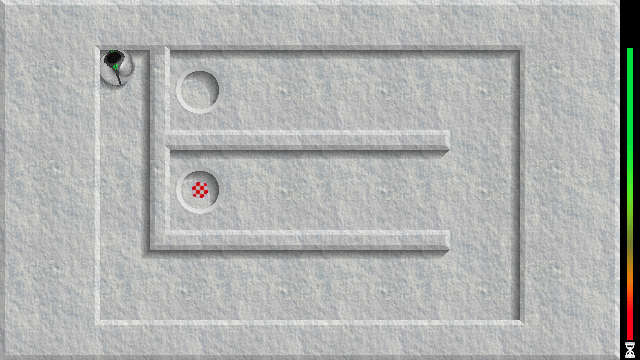
It would be wrong to ignore another, once very popular, mobile platform. Until the moment when Microsoft released its inferior brainchild in the face of Windows Phone to flounder into the mobile ocean, the company from Redmond had a completely healthy lad - Windows Mobile. Ugly, crooked, but powerful enough to run the first Age of Empires. It was often inconvenient to play, the devices were not too nimble and stable in operation, but in fact the user of the gadget on Windows Mobile could boast of the remarkable features of his pocket assistant.
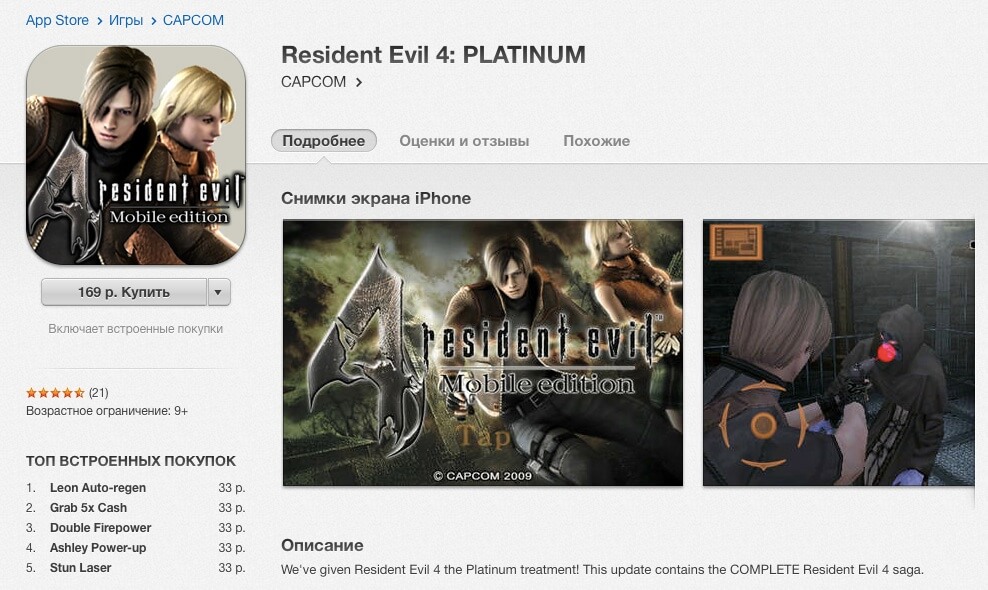
However, only Apple with its iPhone managed to bring a certain orderliness with the advent of the App Store - a store in which all owners of Apple smartphones could squander money by downloading hundreds and thousands of different applications and games. Here the game industry has blossomed. At first, of course, due to the weak iron of the first-generation iPhone and the iPhone 3G, special magic did not happen, but with the development of mobile processors and the growth of their productive capacities, the situation began to change rapidly. From elementary doodles jumps to adaptations of the Unreal Engine and Unity game engine, which today allow developers to create games with console-level graphics. At least the developers themselves love this phrase with all their hearts and very often use it to the point and not. Ports of great games from the consoles fell on the players - take at least GTA Chinatown Wars or a pack of Resident Evil casually thrown in by CAPCOM on the App Store and a week later forgotten. Immediately, the company Gameloft, which released its vision of the super-popular Call of Duty shooter series in 2009, which the console and PC players each year stubbornly sweep from the shelves of stores, called Modern Combat. Asphalt 5 also appeared in the previous games of the series, we played on phones. Other developers began to catch up, moreover - they began to earn money, because it turned out that the mobile gamer wants to buy games and spend money. In addition, the money was not too big - a simple game cost a dollar, the games are more complicated - up to 5 dollars. It was the end of 2009, we played good new mobile games, each time getting something new with each new project. The developers mastered the platform, tested the ground and carried out reconnaissance in force.
Meanwhile, on consoles ...

... the games were awesome, not just good. Now I deliberately will not take into account the Nintendo console, because there are still games “with its own atmosphere”, which is not always clear and close to the European player. The same PSP by that time had an impressive clip of such games, because of which, even now, one can safely step into the store behind the box with the prefix. The current library of gaming projects for the portable from Sony has completely disparate projects - ranging from simple casual arcade games with cartoon graphics to handheld implementations of Metal Gear Solid, one of the best games in the modest opinion of the author of these lines. On the PSP, the spinoffs of many well-known projects from older consoles have found a place - there was a God of War in several parts, an excellent Warhammer 40,000: Squad Command, GTA ports, an exclusive Call of Duty: Roads to Victory, five different Need for Speed and other famous titles, who invariably got the love of gamers on “big” platforms. There was even a place on the PSP for Tekken 6, which runs from time to time on my Xbox 360 and was immediately purchased for PS Vita, which we will also talk about.

However, Nintendo DS, and subsequently 3DS, also did not suffer from a lack of game projects. Rather the opposite. Nintendo's pocket console has a number of very powerful titles developed by First party developers, which invariably sell so that the company only has to keep up with shoveling money while at the same time infusing them in support of the far from successful WiiU, which, unlike handhelds, is sold not at all so vigorously and for Nintendo is a loss-making product. The picture is the following - to date, the most successful handheld handheld is the Nintendo 3DS family, which includes three devices - the classic 3DS, the updated 3DS XL and a completely new budget "something" of 2DS of dubious potential (review here). Be that as it may, now, I repeat, 42 and a half million Nintendo 3DS handheld consoles went around the hands of the owners, which can safely be called a huge number. Of course, not as huge as the 80 million PSPs sold, but everything falls into place, if you add 155 million Nintendo DS to the 42 million 3DS sold.

Sales of Nintendo consoles would not be so high if there was nothing interesting for the players on the platform. The main titles in the face of Mario, Zelda and some others were super popular in previous generations of portables, they are still in demand today. The same Mario in its various variations remains the best platformer game today in my modest rating. Sometimes it happens that games released for Nintendo handheld consoles are also ported to older consoles - Resident Evil Revelations is a vivid example. In short, the platform, despite its, let's say, originality and difference from the rest, blooms and smells good. New game projects are regularly delivered, the console is updated and everyone is happy.
Formed mobile gaming
The rapid spread of smartphones on iOS and Android and the equally rapid growth of their productive capacity only provoked developers, who quickly realized that this is the real bottom of the world, where you can earn money without bothering too much. Many potential Sony and Nintendo buyers decided to abandon the extra gaming device in the console and turned their attention to the App Store and Google Play, which are now filled with games of various genres and price categories.
However, in my humble opinion, comparing Sony / Nintendo and Apple / Google’s digital distribution stores is not entirely true. Of course, there are games that can be found for both smartphone and handheld, but let's try to pay attention to what kind of games it is. Burn the Rope? Angry Birds? Fruit Ninja? Of course, I do not want to say that these are bad games, but these are the projects that are ideal for phones. Simple and very simple gameplay will help pass the time in the queue or in a boring lecture, but this is not the choice of a gamer who wants to plunge into the twists and turns of the plot, to feel the polished gameplay and game mechanics. This, if you will, is a primitive game designed for a banal time-killing, however, not for nothing that many of them are called “time killers”.
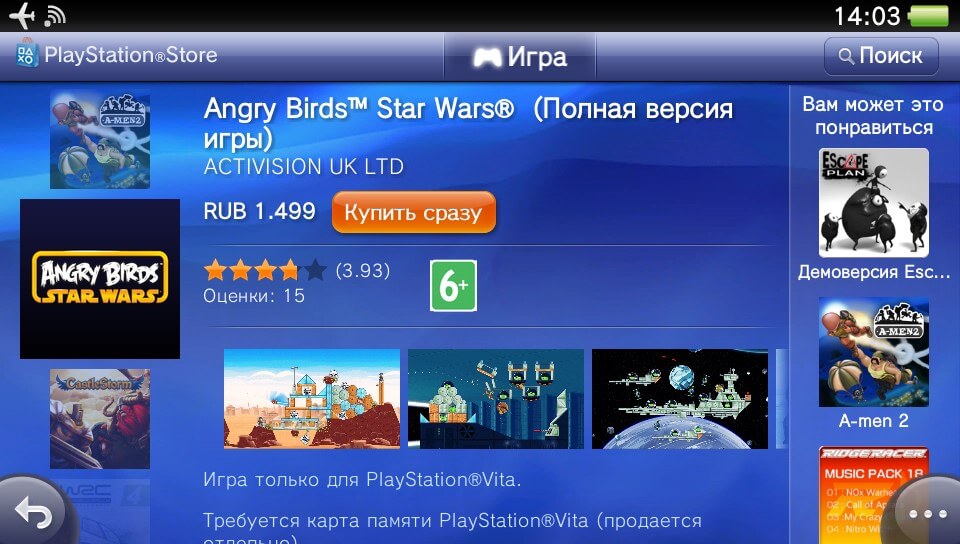
PS Store also has Angry Birds. For wealthy gamers.
And to develop large and complex projects for phones are eager for not all. Let's figure it out. Most developers want to make money. Someone wants a lot of money right away, someone just wants to discourage development costs and get a little overhead; one thing unites them - the desire to earn. The specificity of mobile games lies in one single figure - 33. Thirty-three rubles is the price, which has become a kind of psychological barrier for the buyer, who is now confident that the game should cost exactly that much and not more. For complex technical projects, the buyer, reluctantly, is ready to give 129 rubles, but not often. Games for pocket consoles, for a minute, will cost an average of 1 thousand rubles or more, if you do not take into account arcades of 100-200 rubles, which are also available on handhelds. Immediately the buyer begins to boil blood from indignation - why pay ten times more if you can buy a game for 33 rubles for a smartphone? And he buys a game for a smartphone. At the same time, the developer does not sell the game for the console.

But the developer of the game for the smartphone understands that the prices of the games for the handhelds are also not taken from the ceiling. Here, of course, the price of the developer’s tools also affects (according to some information, the Dev Kit cost for the PSP was 15 thousand euros, for the PS3 - 20 thousand euros), and the amount of work is felt. On the other hand, despite the fact that hundreds of great game projects appeared on the PSP, such a price tag of whale maiden cleanly cut down the opportunity for indie developers to come to the platform, as a result they found an outlet in the face of smartphones and a little later on tablets. As an example, I will quote the developers of the masterpiece Superbrothers: Sword & Sworcery, created by a team of 5 people:
In just 5 years, the App Store has been able to play a very important role in rethinking the video game market. During this time, the App Store and the iOS ecosystem created countless opportunities for game developers to realize themselves.
Another developer named Andreas Illiger was able to create another indie masterpiece for iOS - Tiny Wings, an uncomplicated arcade about a bird that cannot fly. The gameplay of the game is simple, everything looks very bright and beautiful, and the soundtrack and dubbing of the bird deserve a standing ovation. All this was done by one person. And such a “bird” will take off on a smartphone, but most likely on a pocket console such a game would be ignored, being crushed by AAA games. The cost of this creation is 33 rubles.
So we returned to this amount. What should a game developer do if in the case of his project there is no reason to set a low price tag of 33 rubles? The obvious answer is to raise the price in order to return the money invested in the development, but in this case you need to be prepared that any price increase will certainly affect the final popularity of the project.
How many of us have heard of the great Oceanhorn RPG? The game has excellent graphics, quite interesting and "Zeldopodobny" gameplay, there is a plot and all the other attributes worthy of attention to the game project. I do not think that all readers will boldly raise their hands and answer affirmatively. Most likely, only a few will say - "It was business, bought, played." But the rest is unlikely and met in the tops of the App Store this game, because it costs a good 300 rubles, and this, you see, is much more than 33 rubles, which have become the standard price.
But that's how it turns out. This standard is the standard of the buyer, who decided that this figure is the most for the game, you do not need to pay more for the game for the phone. Of course, the developers themselves to some extent contributed to the fact that the buyer was convinced of the universality and absoluteness of this figure, but now our task is not to find the blame.
33 - the number of the devil
All this mess of mobile gamers with low prices has led to the fact that the games have become completely free. Paradox, is not it? Not this way. For the last couple of years, the developers of mobile games for Android and iOS have quite successfully explored the Free-to-Play model, when a player gets the game for free, plays it for free, and then, to quickly get a sword or a pack of grenades, pays 169 rubles for a scattering of diamonds or "Chest of crystals". It often happens that the developer, being conscientious, gives you the opportunity to earn diamonds, gold-covered super coins and precious stones in the game itself by the “grind” - repeated and monotonous repetition of the same actions in order to get at least something useful. And there are also such options from the most sophisticated developers, when the player cannot pass beyond a certain point in the game without paying. As a result, in a free game, a gamer leaves amounts that are many times greater than 33 rubles. This happens gradually, so it hits the wallet is not so noticeable to the player, but the developer is not fundamentally, when he gets another installment - today or in the next week or two.
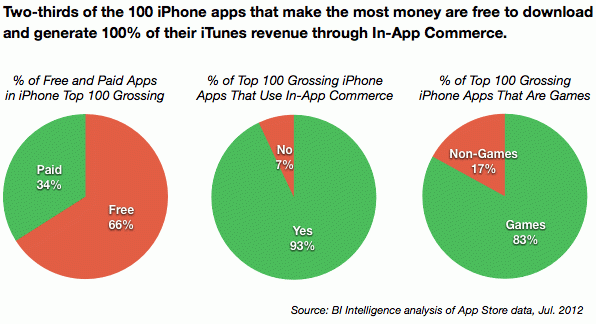
2/3 of the most profitable applications are free
The profitability of such a model has been able to recommend itself well. If the console audience more consciously approaches the games, then the mobile audience is far from entirely composed of players who meticulously fit the choice of game. "Is free? Качаем!» — это, пожалуй, слоган для многих игроков на мобильных платформах.

Совсем недавно в App Store появился ремейк потрясного Dungeon Keeper, в который я заигрывался, будучи совсем еще юным. Бесплатность игры и имя разработчика меня сразу насторожили и не зря. Из некогда отличной и захватывающей стратегической игры Electronic Arts сделала очередную «соковыжималку», такую бесплатную и такую дорогую. Так поступают многие крупные разработчики, отчаявшись продать свои игры по достойной цене.
Что сейчас и что потом?
На мобильных платформах (говоря о них, я имею в виду iOS и Android) наблюдается некоторая стагнация. Условно-бесплатная модель господствует в магазинах приложений, успешно обирая игроков, сенсорное управление накладывает свои ограничения, и эти два фактора стопорят развитие смартфонов как игровой платформы. Apple вместе с релизом последней версии своей операционной системы для смартфонов и планшетов добавила поддержку физических контроллеров, которые призваны решить проблему неудобного управления на смартфоне. Допустим, этот вопрос решился, хотя производители подобных геймпадов не слишком активно презентуют свои разработки этого плана — пока отличились Logitech и MOGA, причем первый выплюнул на рынок контроллер, который вообще непонятно, кому будет полезным из-за слишком ограниченного набора элементов управления. У MOGA получилось заметно лучше, но все еще не настолько, чтобы у каждого владельца iPhone был такой аксессуар. Поможет ли это дать ощутимый толчок геймингу мобильному и спихнуть в пропасть портативные игровые приставки? Маловероятно.
Конечно, смартфоны ощутимо повлияли на продажи карманных консолей. Те, кому нужен был пятиминутный гейминг, выбрали для себя айфон и теперь увлеченно кидаются птицами в деревянные фортификации. Те, кто хочет иметь у себя в кармане настоящие консольные игры, все так же остаются верными консолям.
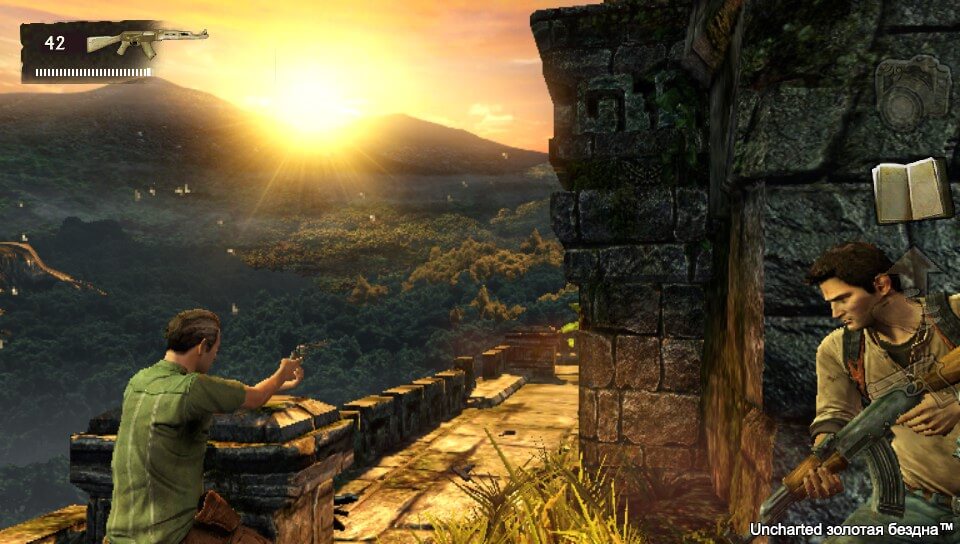
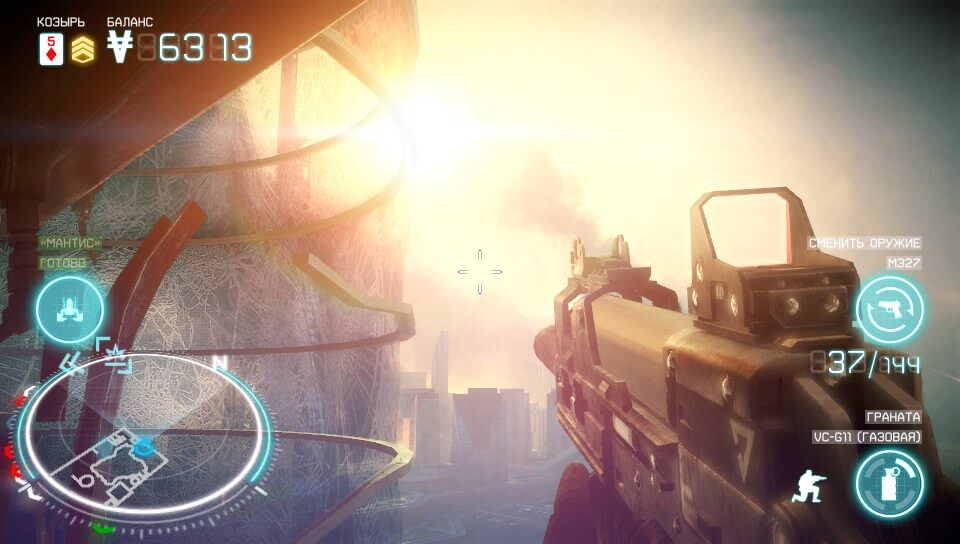
Неважный старт второго поколения портатива Sony отчасти как раз и связан с тем, что приставка пыталась втиснуться в свое место на своем же рынке, которое уже было оккупировано смартфонами. И если бы не финансовая поддержка Sony, приставка была бы уже давным-давно снята с производства и забыта. Стоит ли ждать внезапный взлет Vita и такой же популярности, как у предшественницы? I do not think. Произошел некий раскол аудитории, и те, кто хотел игр попроще и побыстрее, ушли на смартфоны и перестали покупать карманные консоли, довольствуясь тем, что предлагает App Store или Google Play. Те, кто всегда был верен консолям, вообще непонятно где — либо они купили себе портатив от Nintendo, либо вообще ничего, потому как продажи PS Vita отчетливо показывают, что данное устройство не вызывает никакого ажиотажа в отличие от Playstation 4. Кстати, именно 4-я «игровая станция» благодаря своей функциональности подогрела продажи Vita, цифры которых хоть и по сей день смотрятся убого, но не дают огоньку оптимизма окончательно погаснуть. Быть может внезапно именно на Vita мы увидим новые серии Uncharted, God of War, Gran Turismo или даже карманный вариант Heavy Rain, раскрывающий какую-нибудь побочную историю?
Было бы определенно здорово, а что самое главное — это вполне возможно, поэтому я бы не торопился раньше времени списывать Vita со счетов.
А смартфоны? Там вероятнее всего так и будет свирепствовать донат, фри ту плей и прочие радости. Конечно, нельзя забывать и про GTA, Max Payne, XCOM и некоторые другие достойные тайтлы, но это, к сожалению, всего лишь капля в море однотипных аркад и игр-вымогателей. Поэтому стоит пожелать крепкого здоровья PS Vita и терпения самураям из Sony.
The article is based on materials .
- Get link
- X
- Other Apps
Comments
Post a Comment